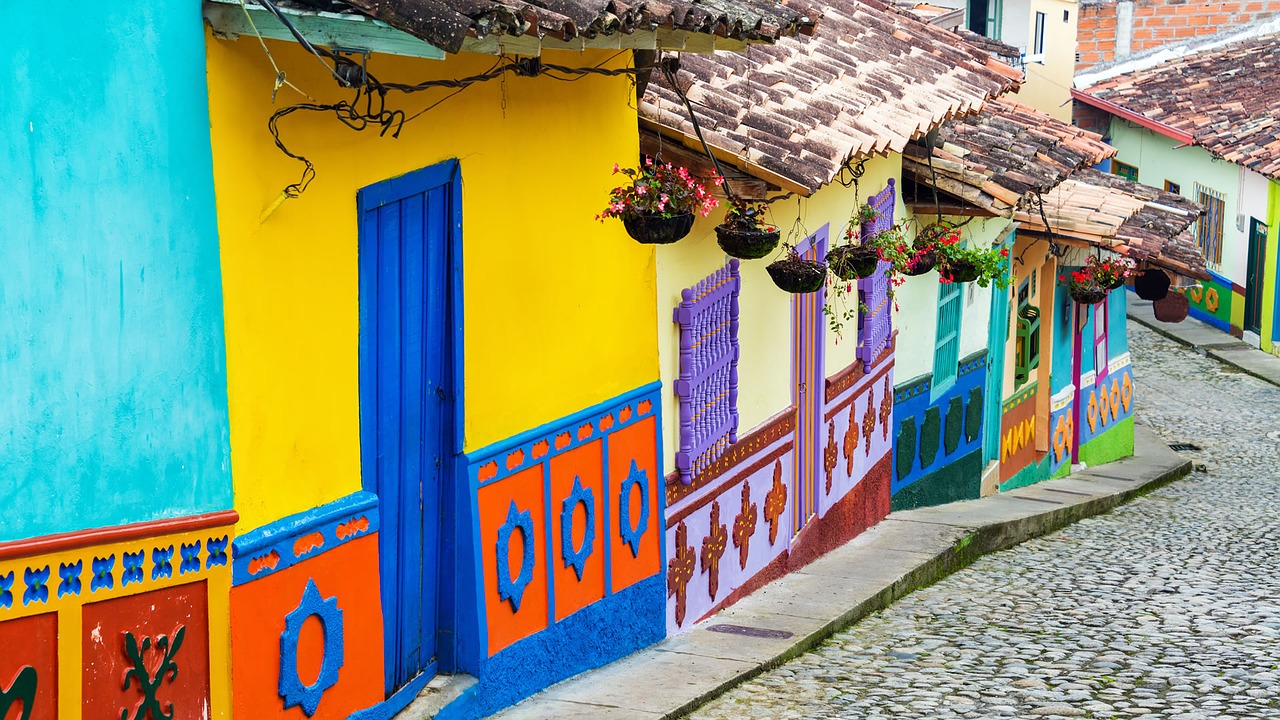In May 1990, New York-based Millicom Incorporated won an experimental license from the U.S. Federal Communications Commission covering Houston and Orlando, kickstarting a journey that saw the company position itself as one of the earliest pioneers of mass market mobile telephony.
Later that year, Millicom Incorporated merged with the Swedish investment company Industriforvaltnings AP Kinnevik, forming Millicom International Cellular (MIC).
From there, they set about securing cellular licenses in markets spanning all corners of the globe.
A quick recap of what happened next: the group’s operational footprint peaked in 2001, when it boasted a presence in 21 different countries. However, in subsequent years, MIC moved to divest its non-core operations. This included assets in Russia, India, Sri Lanka, Cambodia, and Laos as it sought to grow its businesses in the emerging markets of Africa and Latin America.
The well-known Tigo trading name was introduced in 2004 as the group sought to increase brand awareness in its key markets.
Out of Africa
In recent years, MIC has taken proactive steps to offload its operations in Africa as it seeks to focus on more lucrative Latin American markets. To that end, in November 2014, it divested its 50 percent stake in its Mauritian joint venture Emtel. The group went on to exit the Democratic Republic of Congo (DRC) in April 2016, selling its Tigo DRC unit to France’s Orange Group for a total cash consideration of $160 million.
The following month it was reported that MIC was in talks with Orange regarding the potential sale of its businesses in Chad, Senegal, and Ghana, but no further deals came to fruition.
More recently, in February 2017, MIC agreed to sell Tigo Senegal to the local financial services company Wari Group for $129 million. They abandoned the deal in favor of a sale to a consortium comprised of NJJ, Sofima, and Teyliom Group five months later. This move attracted a lawsuit from Wari in the process. Subsequently, a 50-50 merger between Tigo Ghana and Airtel Ghana closed in October 2017.
Advanced Discussions
Going forward, MIC is known to be in advanced discussions with Zimbabwean telecom firm Econet Wireless Group to offload its remaining African portfolio, comprising units in Tanzania, Rwanda, and Chad.
The total deal could raise as much as $1 billion; the Tanzanian units—Tigo and Zantel—are believed to be the most lucrative assets. According to MIC’s recent 3Q17 financial report, the consolidated African operations represent less than 10 percent of annual group revenues and EBITDA.
LatAm Ambitions
A strategic withdrawal from Africa will allow MIC to renew its focus on Latin America, where it has enjoyed far greater success in recent years. In 2014, in an effort to diversify its mobile business model, MIC introduced the Tigo Star brand for its emergent LatAm cable TV and broadband activities and has subsequently grown its operations via takeovers and network deployments.
Going forward, the group’s stated ambition is to preside over the second-largest cable footprint in Spanish-speaking Latin America. Its long-term goal is to reach 15 million homes and achieve a $2 billion consumer cable business by end of 2017.
Tom Leins
Tom Leins is a Senior Research Analyst for TeleGeography’s GlobalComms Database. Based out of the company’s UK office, he also contributes to the company’s daily CommsUpdate newsletter, which includes his popular weekly MVNO Monday round-up. MVNO industry aside, Tom has developed a strong specialization in the U.S., Latin America, and the Caribbean, tracking mergers and acquisitions, spectrum auctions, regulatory developments, market opportunities, and growth trends.


